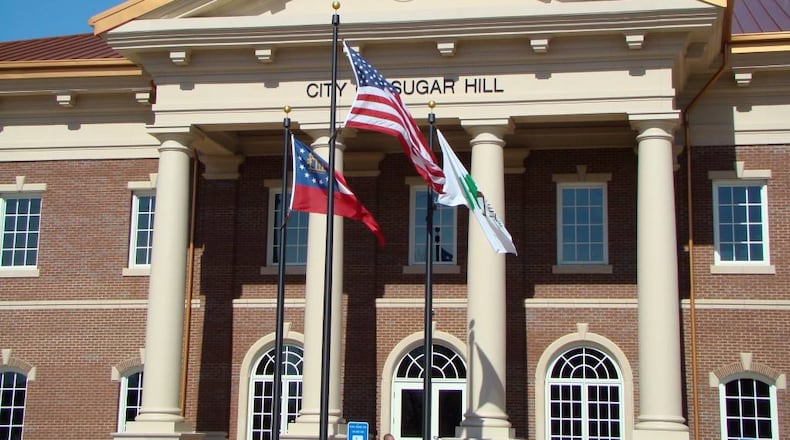The latest census numbers are in, and it may be no surprise that Gwinnett is growing.
The county has grown about 15% from 2010 to 2018, going from 805,321 to 927,781 residents, according to the U.S. Census Bureau.
Individual cities, especially those in the county’s more rural areas, saw significant growth over the eight years. That’s due in part to revitalization efforts in many downtown areas, said Dan Kaufman, president and CEO of the Gwinnett County Chamber of Commerce.
“Our cities are reimagining themselves,” Kaufman said. “Before, Gwinnett was kind of a bedroom community for Atlanta, but now, we’re building live-work-play communities where people don’t have to get on (Interstate) 85 every day and go downtown.”
READ | New manufacturing facility, 93 jobs coming to Gwinnett
The city with the largest percentage of growth is Grayson, which had 2,564 residents in 2010 and grew to 4,409 people in 2018, according to the Census Bureau. That amounted to a 71.95% increase in population for the small city in eastern Gwinnett.
The city with the largest number of new residents is Sugar Hill, with 5,519 residents added between 2010 and 2018, according to census data. The population was 18,593 in 2010 and grew to 24,112 in 2018, the bureau said.
Larger cities also continued to grow, but steadily, not sharply. Lawrenceville, the county seat, added 2,477 residents in eight years, a 9% increase amounting to 29,795 total residents. Peachtree Corners, the county’s largest city by population, clocked in at 43,509 residents, a 14% increase from 2010 with 5,373 new residents.
Braselton, which straddles four counties including the tip of northeast Gwinnett, grew by 6.6% between those two years, adding 722 residents to reach a 2018 population of 11,652. The city that added the most people between 2017 and 2018 was Suwanee, with 1,079 new residents bringing the population to 20,569.
There are many unincorporated areas of Gwinnett that have city addresses, but are outside city limits. The total sum of the residents living within the limits of Gwinnett’s 16 official cities and towns is 256,469.
The total population of Gwinnett County was estimated at 927,781 in 2018, meaning 671,312 people — about 72% — live in the county’s unincorporated areas.
Here are the latest population counts for Gwinnett’s cities, and how they’ve grown since 2010:
Auburn: 7,613 in 2018; 7,061 in 2010; 7.8% increase
Berkeley Lake: 2,129 in 2018; 1,847 in 2010; 15.3% increase
Braselton: 11,652 in 2018; 7,597 in 2010; 53.4% increase
Buford: 15,189 in 2018; 12,587 in 2010; 20.7% increase
Dacula: 6,255 in 2018; 4,459 in 2010; 40.3% increase
Duluth: 29,527 in 2018; 26,757 in 2010; 10.4% increase
Grayson: 4,409 in 2018; 2,564 in 2010; 71.95% increase
Lawrenceville: 29,795 in 2018; 27,318 in 2010; 9.1% increase
Lilburn: 12,644 in 2018; 11,691 in 2010; 8.2% increase
Loganville: 12,532 in 2018; 10445 in 2010; 20% increase
Norcross: 16,563 in 2018; 15,006 in 2010; 10.4% increase
Peachtree Corners: 43,509 in 2018; 38,136 in 2010; 14.1% increase
Rest Haven: 64 in 2018; 60 in 2010; 6.7% increase
Snellville: 19,906 in 2018; 18,326 in 2010; 8.6% increase
Sugar Hill: 24,112 in 2018; 18,593 in 2010; 29.7% increase
Suwanee: 20,569 in 2018; 15,409 in 2010; 33.5% increase
-- Newsroom Data Specialist Jennifer Peebles contributed to this report.
Like Gwinnett County News on Facebook | Follow us on Twitter and Instagram
Stay up to the minute with breaking news on Channel 2 Action News This Morning
About the Author
The Latest
Featured


